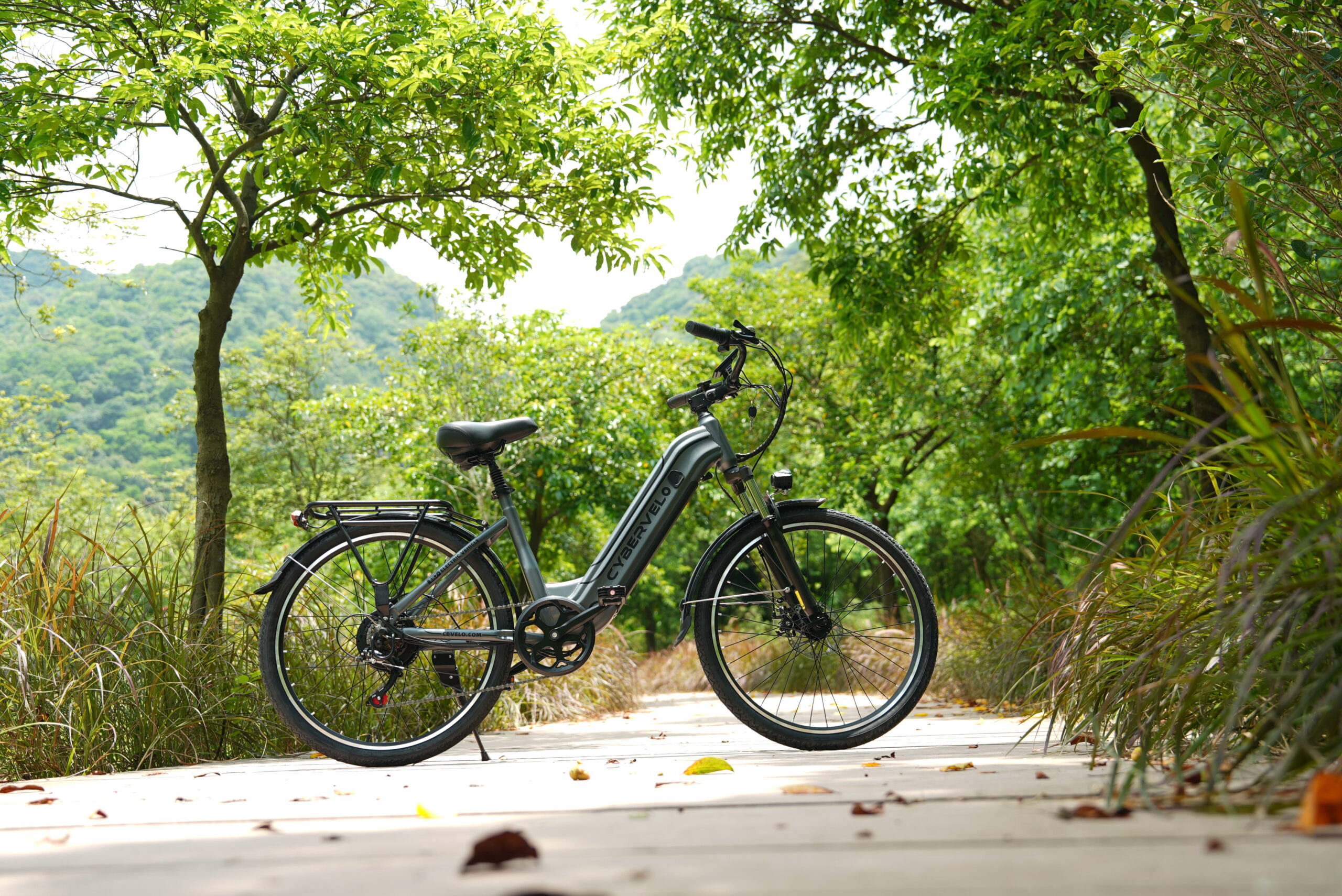Your e-bike is a fantastic investment in fun and freedom. Like any complex machine (especially one with electrical components), regular maintenance is key to ensuring it runs smoothly, safely, and lasts for many years and miles. Here’s a breakdown of essential e-bike care:
- The Battery: Heart of the System
Charging Habits:Avoid letting the battery fully deplete regularly. Aim to recharge when it reaches 20-30%. Don’t leave it plugged in constantly at 100% for days/weeks. For long-term storage (months), store it at around 50-60% charge in a cool, dry place (ideally 10-20°C / 50-68°F).
Temperature Control:Extreme heat and cold are battery killers. Never charge a frozen battery; let it warm to room temp first. Avoid leaving the bike/battery in direct sun or a hot car for extended periods. Store indoors when possible.
Clean Contacts: Occasionally wipe the battery contacts (on the battery and bike) with a dry cloth to ensure a good connection. Avoid getting water directly into the ports.
Gentle Handling: Avoid dropping the battery. Don’t use it if damaged. - Keep it Clean (But Carefully):
Regular Wiping:After muddy or wet rides, wipe down the frame, fork, wheels, and motor casing with a damp cloth. Remove grime before it hardens.
Drivetrain Focus:The chain, cassette, and chainrings get dirty quickly. Use a bike-specific degreaser and brushes to clean them regularly (frequency depends on conditions – weekly for commuters, after muddy rides). Rinse thoroughly with low-pressure water (avoid direct spray on bearings, motor, display). Dry completely.
Avoid High Pressure: Never use a pressure washer. The force can drive water and grit into bearings, electrical connectors, the motor, and display, causing severe damage. A gentle garden hose spray is the maximum.
Dry Thoroughly: After washing or a wet ride, dry the bike, especially the chain and other metal parts, to prevent rust. Wipe electrical components dry. - Lubrication is Key:
Chain:Apply a quality bicycle chain lube after cleaning and drying. Use wet lube for wet conditions, dry lube for dry/dusty conditions. Apply sparingly to the chain rollers, wipe off excess to avoid attracting dirt. Lubricate frequently – a dry chain wears fast.
Derailleurs & Cables:Occasionally apply a drop of light oil to pivot points on derailleurs and brake levers (avoid disc brake rotors/pads!). Lubricate exposed brake and gear cable sections if they feel sticky. - Tire Care:
Pressure:Check tire pressure weekly or before every significant ride. Use a good floor pump with a gauge. Inflate to the pressure range printed on the tire sidewall. Correct pressure prevents flats, improves efficiency, and protects rims. E-bikes are heavier, so pressure is crucial.
Inspect:Regularly check tires for cuts, embedded debris (glass, thorns), and wear. Replace worn or damaged tires promptly.
Valve Caps: Keep them on to keep dirt out of the valve core. - Brake Performance:
Check Pads:Inspect brake pads frequently for wear. E-bikes’ weight and speed mean pads wear faster than on regular bikes. Replace them before they wear down to the metal backing, which damages rotors or rims.
Listen & Feel:Squealing, grinding, or reduced braking power indicate issues. For rim brakes, check pad alignment and toe-in. For disc brakes, check for contamination (oil/grease on rotors/pads – requires cleaning/replacement) or air in hydraulic lines (needs bleeding).
Rotor Straightness: Spin wheels to check disc rotors aren’t bent. Minor bends can be trued; significant bends need replacement. - Bolt Check & Torque:
Vibration can loosen bolts. Periodically check critical bolts: stem, handlebars, seatpost, saddle, rack mounts, and especially wheels (axle nuts/quick releases). Use the correct size tools.
Torque Matters:Many components, especially carbon parts, have specific torque requirements. Overtightening can damage parts; undertightening risks failure. Use a torque wrench if possible, especially for critical components. - Suspension (If Equipped):
Keep stanchions (smooth upper tubes) clean. Wipe them down after dirty rides.
Follow manufacturer guidelines for lower leg service and full rebuilds. Seals wear out. - Electrical Connections:
Occasionally check that plugs connecting the display, motor, battery, and lights are fully seated and secure. Avoid yanking cables. - Professional Tune-Ups:
Even with diligent home care, schedule regular professional tune-ups (e.g., annually or every 1,000 miles). A qualified mechanic can:
Deep clean and lubricate the drivetrain
True wheels
Adjust brakes and gears precisely
Check bearing play (headset, hubs, bottom bracket)
Diagnose potential electrical issues
Perform safety checks
Consistent, preventative maintenance is far cheaper and less frustrating than major repairs. By caring for your e-bike’s battery, keeping it clean and lubricated, monitoring tires and brakes, and getting professional check-ups, you’ll ensure years of reliable, enjoyable, and safe electric-powered adventures.https://regic.net




